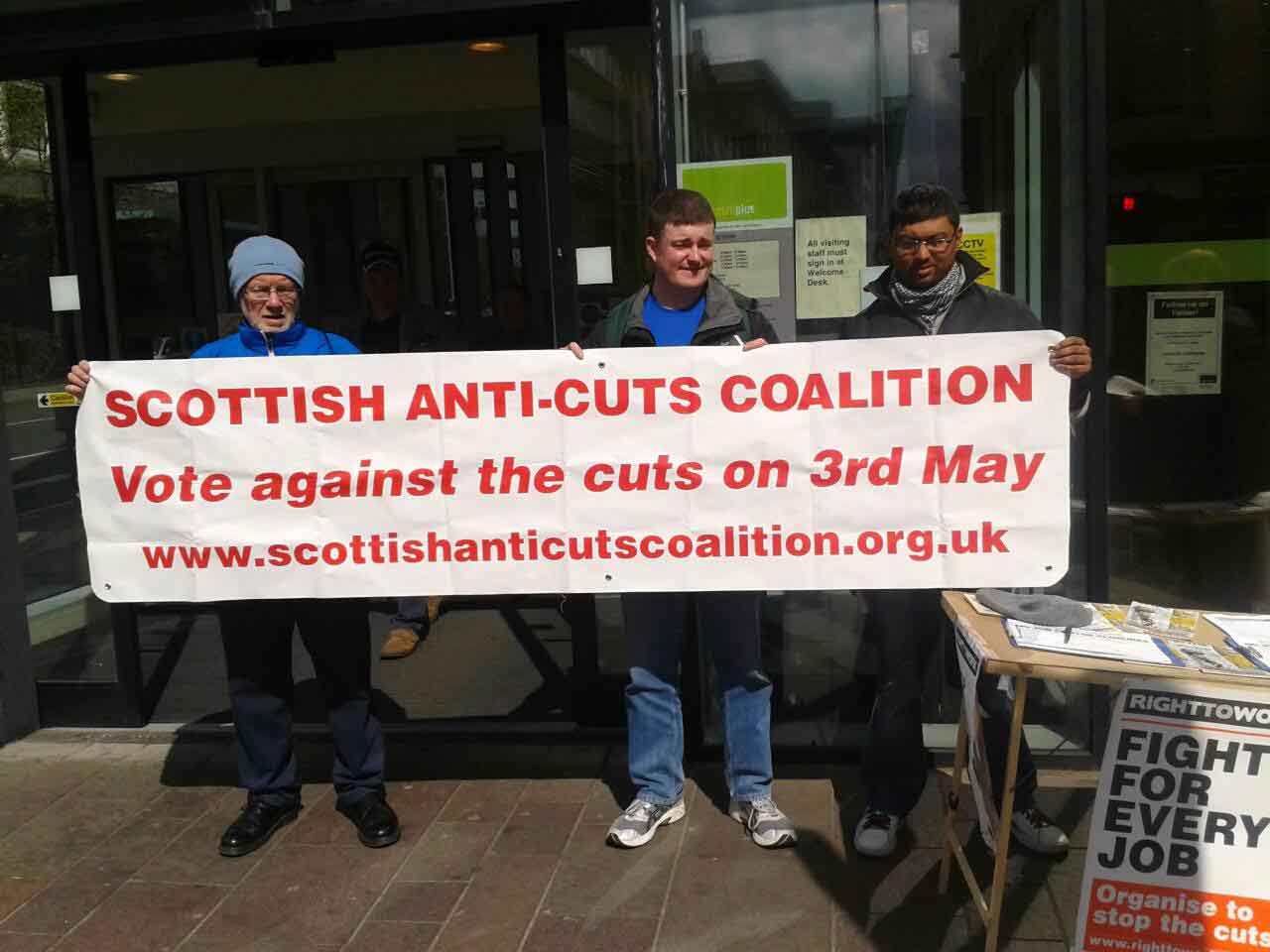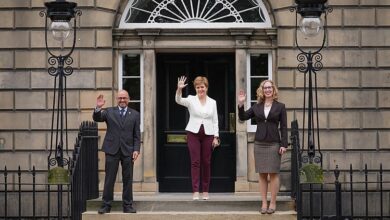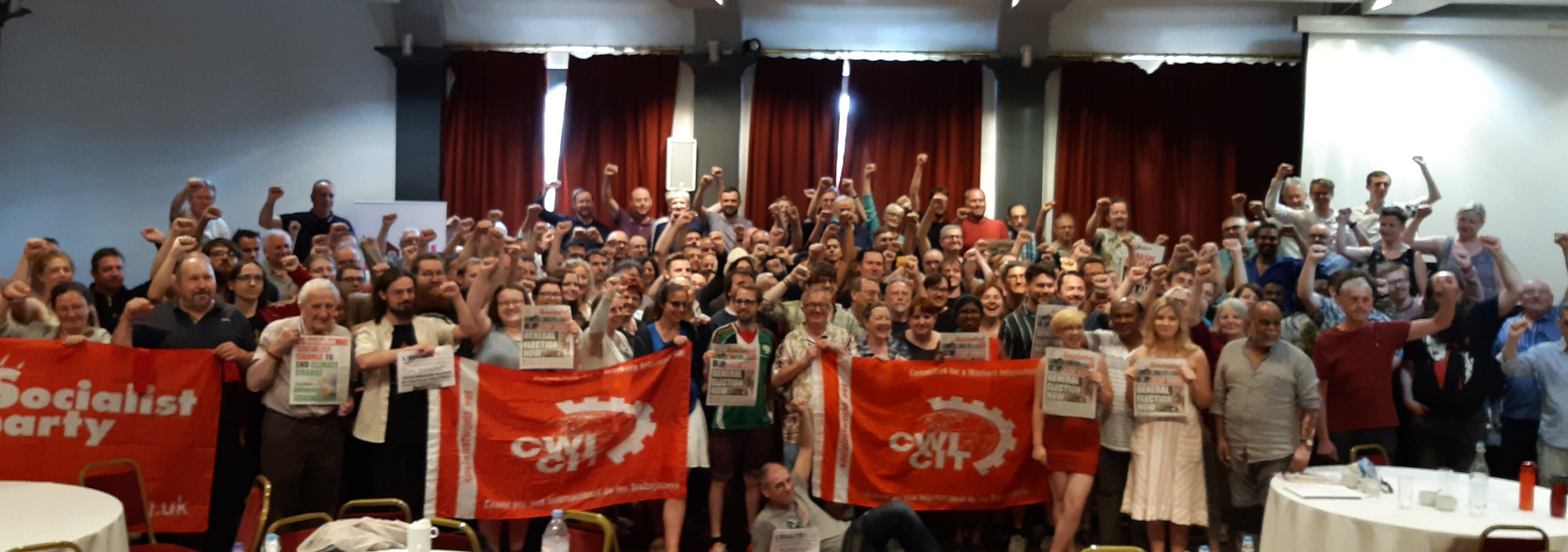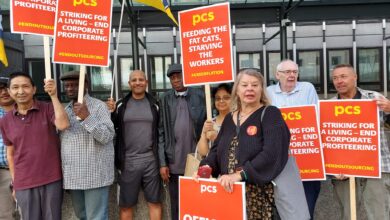Con-Dems battered in Scotland

The Scottish local government election result saw both the SNP and Labour declare victory. The SNP can point to their best ever local election result and now possess the largest number of councillors across the country with 424, an increase of 57 on their 2007 result.
However they fell considerably short of winning a majority in Glasgow, Scotland’s largest council, despite the predictions of many commentators and a massively resourced campaign. SNP leader Alex Salmond gave the impression in the media that winning Glasgow would be a key step in the campaign for independence.
Salmond, until now, seemed untouchable and appeared to be riding a wave of momentum that was undermining Labour’s historic base in Scotland, but this result has slowed that juggernaut. Labour will be relieved that they increased their council representation by 58 to now hold 394 council seats.
They are now the largest party in the capital, Edinburgh as well as Aberdeen, Glasgow and Lanarkshire and polled closer than expected to the SNP with 31.5% of the national share of the vote against the SNP’s 32.7%.
Scotland’s voters gave the Con Dem’s a fatal battering. The Lib Dem’s, once the third party of local government and part of ruling coalitions in many local authorites lost 80 seats, over half of their councillors.
They suffered heavy losses from the Highlands and Islands down to Edinburgh where they collapsed from 17 to 3 seats. In one ward in the city, where they shared power with the SNP, the Lib Dem candidate were beaten by Professor Pongoo, a climate activist dressed as a penguin.
The Scottish Tories, even under a new leader, continue to travel further into electoral oblivion losing more seats in the cities and are only now a factor in local politics in the rural borders and South Ayshire.
The collapse of the Liberal vote benefited Labour and the SNP and to an extent the Greens who increased their councillors to 14. However it’s clear that areas where the SNP have been in power for the last four years in coalition’s with the Liberals, in Aberdeen, Fife and Edinburgh, carrying out brutal cuts and privatisation, Labour made some of it’s biggest gains.
Other political factors may also have shifted since the SNP’s landslide victory in May 2011. While the SNP did make gains, a section of workers preferred to return to Labour to punish the ConDem’s. This could also reflect doubts about independence, a growing feeling that the SNP are not putting up resistance over the cuts and a repulsion in the last few weeks with the exposure of Salmond’s close relationship with Murdoch – which Labour have exploited to some effect.
Now, with only six of the 32 Scottish councils having an overall majority – 4 for Labour and 2 for the SNP – negotiations will now take place over coalitions to run the remaining 26 councils. This may well involve SNP and Labour coalitions in some areas. What is certain is that none of these coalitions will defy the cuts and it will be “business as usual” as far as the main parties are concerned. Unfortunately this could also include the Greens who have made clear they support coalition arrangements with cuts polititicians involving their councillors.
The SACC campaign
Socialist Party Scotland strove to give a voice to the anger of working class communities and young people by proposing the creation of the Scottish Anti Cuts Coalition (SACC). SACC stood 38 candidates in ten local authority areas – which was 10% of the wards in Scotland. Our candidates stood on a platform of opposing all cuts and campaigning for councils to fight for resources and funding stolen by Westminster and Holyrood.
Those standing included trade unionists, socialists, community campaigners and Youth Fight for Jobs activists. As well as established anti cuts activists the coalition brought a new layer of people into election activity, fifteen of the candidates had either never stood previously or would not have stood had the coalition not been set-up.
Local elections in Scotland take place under an STV proportional representation system where voters rank candidates by number in order of preference.
Across the 38 areas 3,200 people gave SACC candidates their first preference vote. But significantly SACC also gained more than 4,500 second preferences 10,000 third preferences, often after voters had ranked SNP or Labour candidates 1 and 2. This indicates that the unique anti-cuts message from SACC had widespread sympathy among layers of workers who gave their first vote to Labour or the SNP. This will grow further as SNP and Labour councillors continue to impose the ConDem cuts on our communities.
In some wards in Dundee, Glasgow and Renfrewshire, SACC beat the Lib Dem’s. In Glasgow our candidates often polled ahead of “Glasgow First” a splinter from Labour of well-known councillors from the previous administration who tried to pose as anti cuts despite their candidates voting for cuts weeks earlier.
SACC 1st preference votes ranged from 0.5% to 5.8% with higher 2nd and 3rd preference shares. Some examples include 3.1% for Jack Fraser in Musselburgh West, 2.3% for Willie Duncan in Dalkeith (2.3% 2nd 8.5% 3rd) , 2.4% for Kenny Martin in Motherwell 2% for George McDonald in Inverness (3.5% 2nd 4.9% 3rd) and 1.8% for Kevin Ferguson in Edinburgh (1.9% 2nd 4.7% 3rd ). Linda Rose in Dundee polled 2% 1st preferences. Our seven candidates across the city averaged 1.6% in 1st votes.
Twelve Socialist Party Scotland members stood as SACC candidates. In areas where we focused campaigning with thousands of leaflets delivered, street stalls and door to door canvassing, our candidates gained respectable votes that can be built on. In Glasgow Ronnie Stevenson in Langside ward, Glasgow, took 2.4% of first preferences, (4.3% 2nd 5.6% 3rd) the second highest left vote in Glasgow, Jim Halfpenny in Erskine, Renfrewshire also polled 2.7% first preferences (1.6% 2nd 8.5% 3rd )
Gail Sheridan, standing as Solidarity in Craigton, Glasgow (under the SACC agreement parties can stand under their own name) polled a very creditable 5.8% – the biggest left vote in Glasgow – beating the Greens and the Lib Dem’s taking fifth place. Gail’s vote shows the level of potential support of anti-cuts candidates, her standing in her own area and the continued sympathy of working class people for her and Tommy Sheridan’s struggle against Murdoch’s News International.
The low profile of the local elections in the media, extended to a near blackout of the SACC campaign in the local and national press with agents having to badger local news outlets to cover our activities.
The idea of candidates standing against all cuts and the demand for councils to set needs budgets and defy the austerity of Westminster and Holyrood resonated, where we got a platform and an audience.
At hustings organised by trade unions, pensioners, community groups and disabled activists our candidates received the most applause as we exposed the other parties craven capitulation to the cuts. SNP and Labour politicians attempted to draw attention away from the devastating impact of the cuts and claim their hands were tied by the general economic situation.
For Socialist Party Scotland SACC’s campaign and result is a platform to build on for the future in building political representation for the working class in Scotland and a mass campaign against austerity.
SACC activists and constituent groups will be meeting to discuss future election challenges and carrying on the momentum in building mass opposition to the cuts in communities.
After raging against the Con Dem’s at the ballot box the focus of struggle for workers turns to industrial action in the public sector to stop attacks on pensions and pay, disputes with the SNP Scottish government and SNP and Labour controlled councils are inevitable. There will also be a pressing need to build an independent voice for the working class and the trade unions in the independence referendum campaign.
For the anti-cuts and socialists results in England and Wales see www.tusc.org.uk and www.socialistparty.org.uk



